Sri Lanka - the land of diversity
Sri Lanka, also called the Pearl of the Indian Ocean, delights with its diversity and warmth of its local inhabitants.
Sri Lanka, also called the Pearl of the Indian Ocean, delights with its diversity and warmth of local inhabitants. You can experience all this on this seemingly small island. Everyone, absolutely without exception, will find something for themselves here, and Sri Lanka will remain in his traveler’s heart forever – check it out for yourself 😊
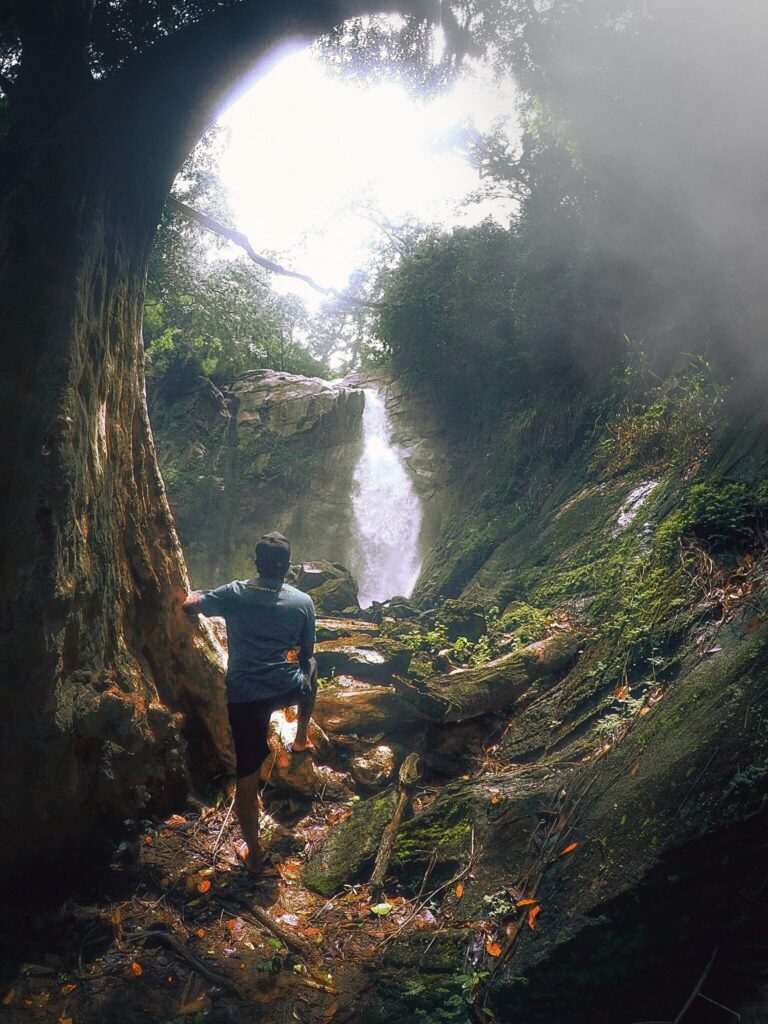
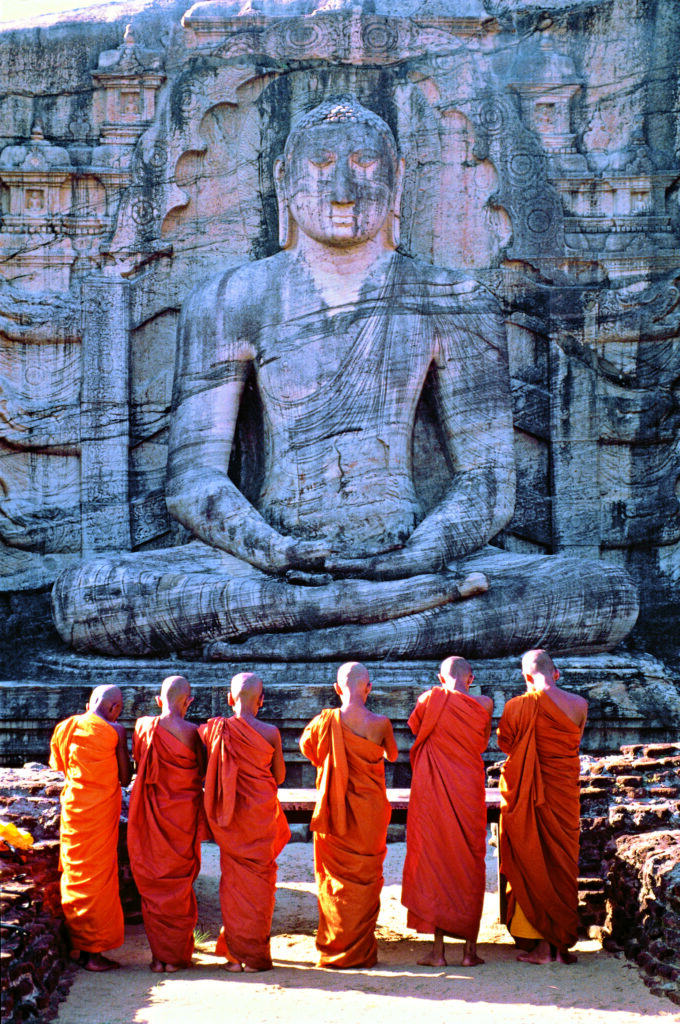
Our approach
We treat each of our guests individually. Already during the first conversation, we carefully check whether you expect a quiet holiday on the beach, visiting monuments, or maybe crazy experiences that will remain in your memory for a long time.
We have also prepared special offers – each of them contains the most important and most popular attractions and places in Sri Lanka, without which we could not in good conscience let you go back home…
It is possible to adjust the offer to any number of people.
The most important information
A basic level of English is enough to communicate on site. Places, descriptions of dishes in restaurants, etc. are mainly written in English and Sinhala (sometimes also Tamil).
The hygiene standard in the country is really high, especially compared to other regions in Asia. We recommend drinking only bottled water, but tap water can be used to brush your teeth. In most restaurants, due to the tradition of eating with your hands, a clean sink and soap are available (usually at the entrance).
In Sri Lanka, as everywhere, there are mosquitoes, but local repellents are effective (you can take for example Mugga). There is no malaria, so there are no problems with it, but there is a minimal risk of contracting dengue. However, you may encounter leeches (mostly very small), especially when trekking in the jungle and mountains. Therefore, we recommend wearing closed shoes, socks and long trousers, which provides the best protection.
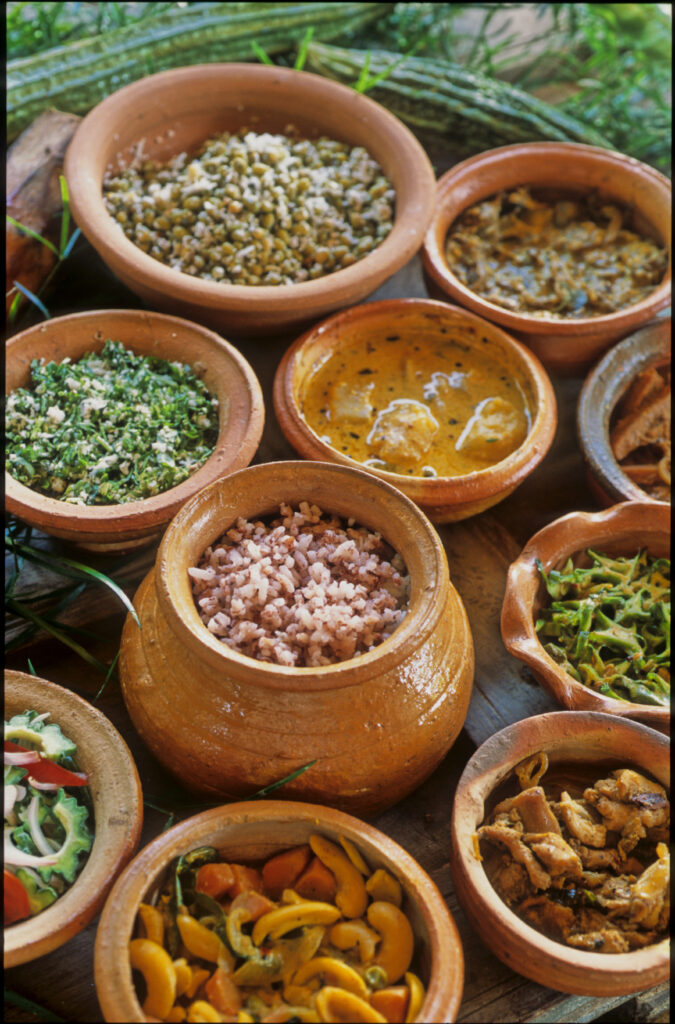
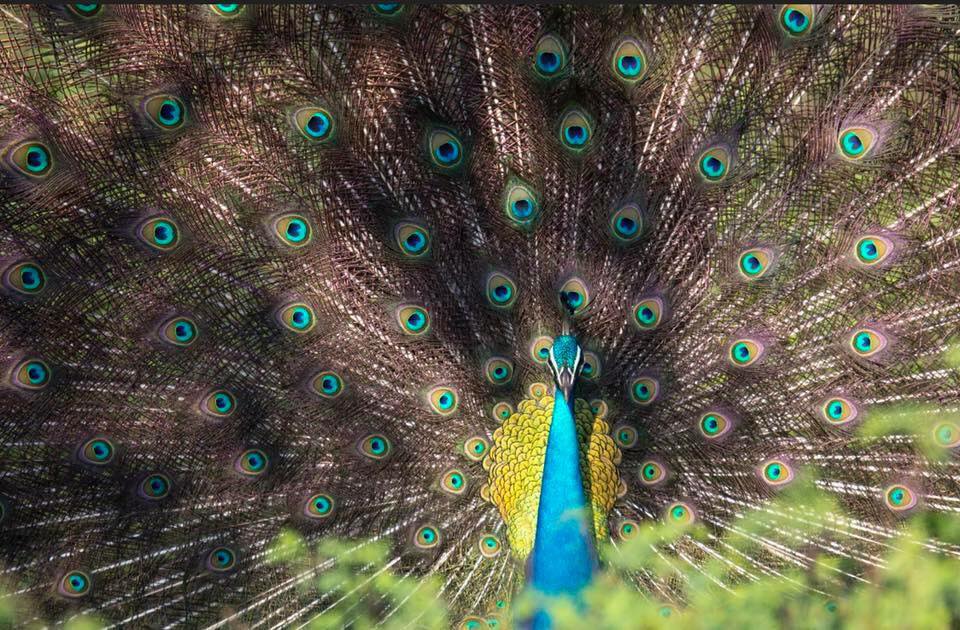
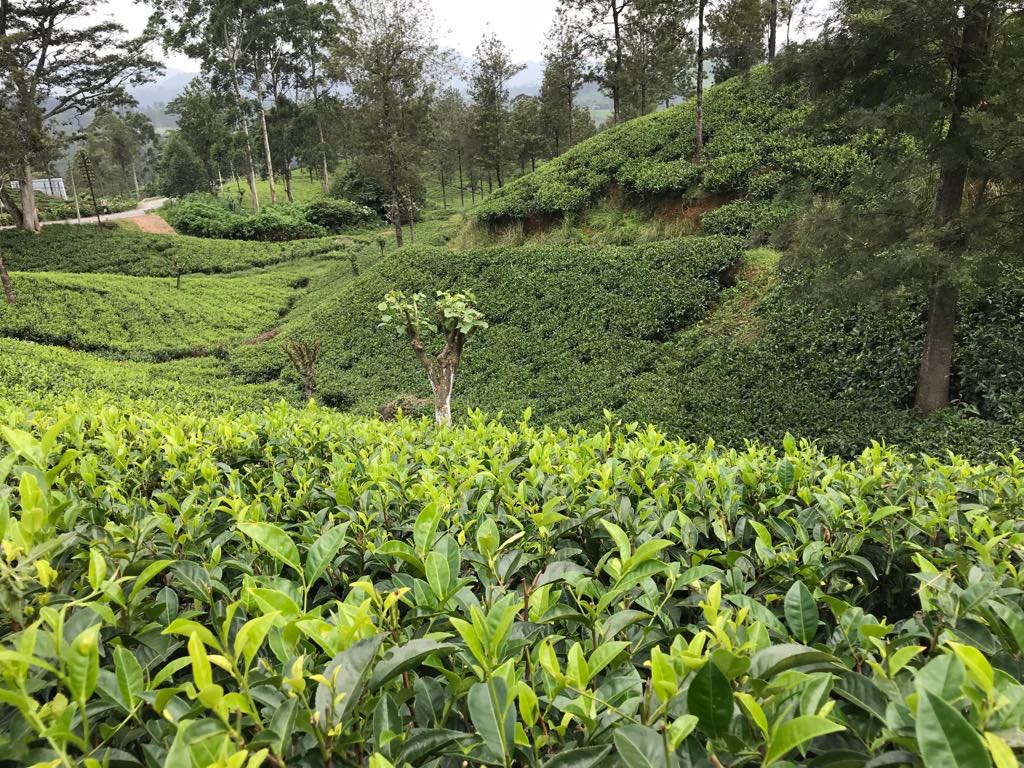
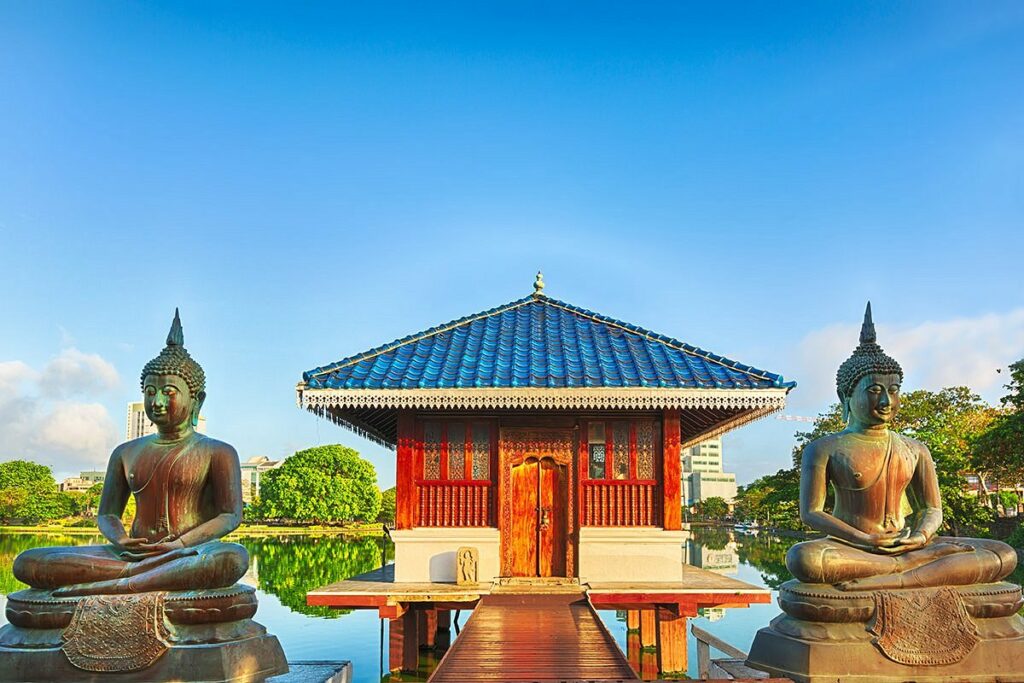
When to come to Sri Lanka?
Sri Lanka is suitable for holidays all year round. Creating a travel plan and which part of the island to choose will depend on the season and our preferences.
Despite its relatively small size, there are several different climatic zones here. The coast has a tropical monsoon climate. However, in the southwest there is a different monsoon than on the eastern coast. Results of that are that better conditions in the winter season (December-February) are in the southwest, and in summer it is better to go to the beaches in the east.
It is worth adding, however, that due to enormous climate changes, it is increasingly difficult to determine the rainy season and dry. It should be remembered that even in January on the southern coast, we may experience occasional rain (usually in the morning), but then the sun will come out. Temperatures, however, are constant. It will be around 28-33 degrees during the day and around 22-25 degrees at night all year round, with a humidity of approx. 70-85%.
It is much colder in the mountains in the central part of the island. Rain is much more frequent here, the temperature can drop to several degrees, and there is a picturesque fog everywhere. Therefore, it is worth equipping yourself with a light jacket and long trousers for this part of the island.
